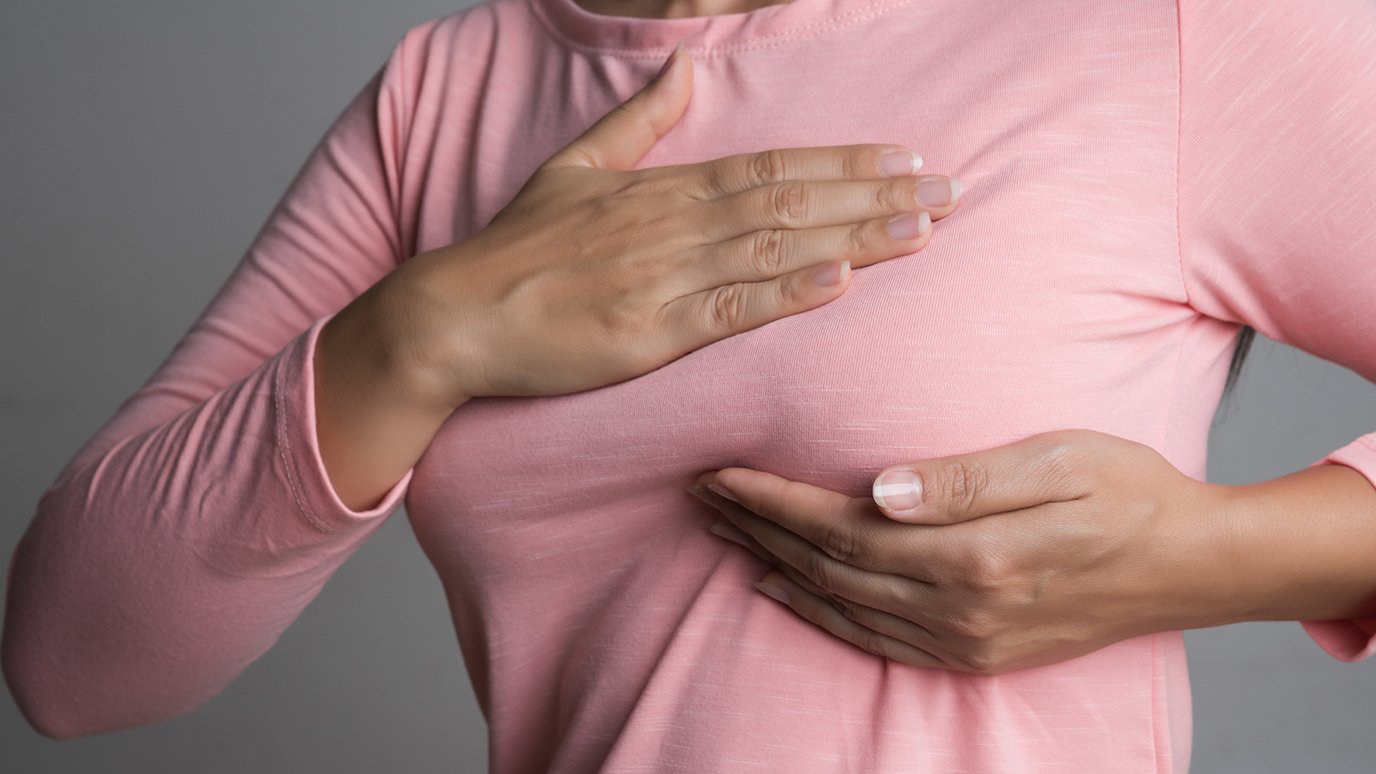The female breast is a vital part of the human body, serving essential roles in biology, identity, and culture. However, its health can be jeopardized by conditions such as breast cancer, a leading cause of cancer-related mortality among women. This article delves into the anatomy of the female breast, explores the causes of breast cancer, and outlines practical prevention strategies.
The Anatomy of the Female Breast
The female breast is a complex organ composed of glandular, fatty, and connective tissues. Its primary function is lactation, providing nourishment to infants.
- Key Components:
- Lobules: Glandular structures that produce milk.
- Ducts: Channels that transport milk to the nipple.
- Adipose Tissue: Fatty tissue that provides shape and size.
- Connective Tissue: Supports and holds the breast structures in place.
- Blood Vessels and Lymph Nodes: Facilitate circulation and immune responses.
This intricate structure is influenced by hormones like estrogen and progesterone, which regulate breast development, changes during the menstrual cycle, and lactation.
Breast Cancer: A Pervasive Threat
Breast cancer develops when cells in the breast grow uncontrollably, forming tumors. While it affects both men and women, it is far more common in women. The exact causes of breast cancer remain complex, involving genetic, hormonal, and environmental factors.
1. Genetic Factors
- BRCA1 and BRCA2 Genes: Mutations in these genes significantly increase breast cancer risk.
- Family History: Women with close relatives who have had breast cancer are at a higher risk.
- Other Genetic Syndromes: Certain inherited conditions predispose individuals to breast cancer.
2. Hormonal Influences
- Prolonged Estrogen Exposure: Early menstruation, late menopause, or hormone replacement therapy can increase risk.
- Pregnancy and Breastfeeding: Women who have children later or do not breastfeed may face a slightly elevated risk.
3. Lifestyle and Environmental Factors
- Obesity: Excess fat tissue increases estrogen levels, contributing to risk.
- Alcohol Consumption: Regular drinking has been linked to higher breast cancer rates.
- Smoking: Especially in younger women, smoking may increase susceptibility.
- Radiation Exposure: High doses of radiation, especially during adolescence, heighten risk.
4. Age and Gender
- Age: The risk increases with age, with most diagnoses occurring in women over 50.
- Gender: Although rare in men, male breast cancer does occur and warrants awareness.
Prevention Strategies for Breast Cancer
While some risk factors, such as genetics and age, are beyond control, adopting healthy lifestyle choices and preventive measures can significantly reduce breast cancer risk.
1. Regular Screening
- Mammograms: Annual or biennial mammograms for women over 40 (or earlier for high-risk individuals) can detect cancer early.
- Self-Examinations: Familiarity with one’s breast texture and appearance helps identify unusual changes.
- Clinical Exams: Regular check-ups by healthcare professionals complement mammograms.
2. Healthy Lifestyle Choices
- Maintain a Healthy Weight: Aim for a balanced diet rich in fruits, vegetables, whole grains, and lean proteins.
- Exercise Regularly: Moderate physical activity, such as walking or yoga, for at least 30 minutes a day helps regulate hormones and reduce risk.
- Limit Alcohol Intake: Stick to recommended guidelines—no more than one drink per day for women.
- Avoid Smoking: Quitting smoking improves overall health and reduces breast cancer risk.
3. Hormonal Considerations
- Minimize Hormone Replacement Therapy (HRT): Use HRT only if necessary and for the shortest duration possible.
- Birth Control Pills: Discuss risks and benefits with a healthcare provider if using hormonal contraceptives.
4. Breastfeeding
- Breastfeeding for a year or more cumulatively has been shown to lower breast cancer risk. It also provides numerous health benefits for both mother and child.
5. Environmental Awareness
- Radiation Exposure: Limit unnecessary exposure to medical imaging involving radiation.
- Toxin Avoidance: Reduce exposure to harmful chemicals found in some cosmetics, plastics, and cleaning products.
6. Genetic Testing and Counseling
- For those with a family history of breast cancer or known genetic mutations, genetic testing and counseling can provide insights into personalized risk and preventive options, such as prophylactic surgery or intensified screening.
The Importance of Early Detection
Early detection is crucial in improving breast cancer outcomes. When caught early, the five-year survival rate for breast cancer exceeds 90%. Recognizing symptoms like lumps, changes in size or shape, nipple discharge, or persistent pain is essential. However, many breast cancers are asymptomatic in early stages, highlighting the importance of regular screenings.
Advances in Research and Treatment
Research continues to improve breast cancer prevention, detection, and treatment. Advances in targeted therapies, immunotherapy, and genetic analysis allow for personalized treatment plans that improve survival rates and quality of life.
Conclusion
Understanding the female breast and the factors contributing to breast cancer is essential for prevention and early intervention. By adopting healthy habits, being vigilant about changes, and seeking regular medical care, women can significantly reduce their risk and detect breast cancer in its most treatable stages. Continued research, education, and awareness efforts are vital in the global fight against breast cancer.
Your health is in your hands—empower yourself with knowledge and proactive measures to safeguard it.

